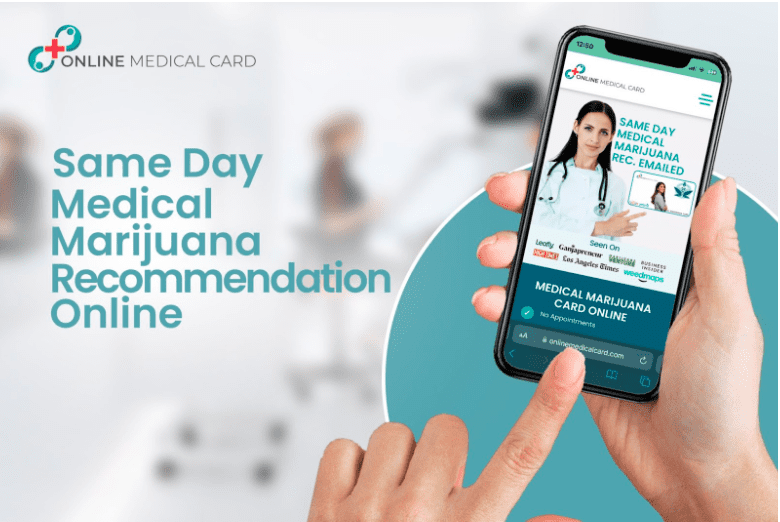
Ever been torn between two worlds with regard to health? On one side, traditional medicine has been in existence since time immemorial, complete with doctors, prescriptions, and scientific advances. On the other side, holistic care deals with the whole person: mind, body, and spirit. It’s focused on prevention, natural remedies, and getting to the root of health issues.
So, how do you balance those two? Can you really combine the best of both worlds, or must you choose? Well, let’s break it down and see how you can put traditional medicine together with holistic care for a very rounded approach to health.
What Exactly Is Traditional Medicine?
We know traditional medicine. It is the one we have learned to believe in—doctors, hospitals, medicines, and surgeries are all based on scientific evidence and work wonders, especially when it comes to serious cases that endanger life. Whether you’ve undergone surgery, taken antibiotics, or even been vaccinated, you’ve witnessed firsthand how powerful traditional medicine can be.
That’s the big advantage of precision here. Whether it is pinpointing through diagnostic tests where an illness is originating or treating a specific condition with a proven medication, traditional medicine is evidence-based care. It is supposed to treat symptoms head-on, and often with quick-acting results.
But, as with everything, it is not without its cons. Has anyone ever had a prescription medication and found out it had a whole laundry list of side effects? Or sometimes, you feel like your doctor is treating your symptoms and not you as a person? That’s where traditional medicine lacks. It’s so focused on fixing the immediate problem, but it very often doesn’t look at the bigger picture, which is your overall well-being.
The Holistic Approach: It’s All About Healing the Whole You
First, let’s talk about the holistic approach. The approach is quite different. It doesn’t just treat the symptoms but also treats you as a whole person. Holistic medicine examines your physical health, yes, but also brings the aspect of your mental, emotional, and even spiritual health into view. In other words, it’s less about “quick fixes” and more about long-term balance.
Holistic practices vary from acupuncture and herbal remedies to yoga, meditation, and energy healing. You may have already heard of some of these, or maybe you’ve tried them already. This is where you try to bring your body back into balance to help it heal naturally. And there’s a great deal of emphasis on prevention—keeping yourself healthy so that you don’t become ill in the first place. Sounds pretty appealing, right?
But holistic care isn’t always a magic bullet, either. Some treatments, though noninvasive and organic, lack the rigorous scientific backing that traditional medicine has. You may have to invest more time in seeing results, and some approaches work better for general wellness than for acute conditions. But for many, this approach feels much more personal, empowering, and in tune with their values.
Can You Combine Both Approaches?
Here’s the thing: you don’t have to choose between traditional medicine and holistic care. In fact, a growing number of people are using both. It’s a practice called integrative medicine, and it’s based on a simple idea: conventional treatments are combined with alternative therapies to provide a balanced, comprehensive approach to health.
Think of it this way: if you were seriously ill, wouldn’t you want every avenue available? Perhaps you take a course of antibiotics for an infection and meditate to reduce your stress and boost your immune system. Alternatively, you may go through surgery but support your recovery with acupuncture or herbal remedies to speed up healing and reduce side effects.
Integrative medicine is gaining traction because no one system has all the answers, so there’s a need to incorporate both. Each has its strong points, and combining them helps you get the best of both.
Where Medical Marijuana Fits In
Speaking of integrative treatments, medical marijuana is where traditional and holistic care find their point of intersection. It’s an alternative treatment that is gaining increasing recognition within conventional medicine for its benefits in managing chronic pain, reducing anxiety, and alleviating symptoms of certain medical conditions.
If you’re in a state like Pennsylvania, you might already be familiar with the process of accessing medical cannabis. Obtaining a medical marijuana card in Pennsylvania allows patients legal access to cannabis for medical treatment. This card serves as an alternative to more conventional treatments, such as prescription painkillers. That’s the beauty of it—the scientific rigor of modern medicine married with a more organic, plant-based solution. But remember, you’ll want to discuss the idea with your healthcare professional to see if it’s the best option for you.
How to Know What’s Best for You
So, how can you decide whether traditional, holistic, or a combination of both is best suited for you? It’s good to consider your own health needs and goals. Do you have a chronic condition, such as high blood pressure or anxiety? Or are you looking for ways to prevent illness and maintain general wellness?
For chronic conditions, conventional medicine is often the first course of action. It has scientific backing and may be able to target serious health issues effectively. But that doesn’t mean you can’t incorporate holistic practices too. For example, if stress is contributing to your health issues, then yoga or acupuncture might offer long-term benefits that medications alone can’t provide.
If, on the other hand, you’re focused on prevention and keeping your health in balance, holistic care could be a great starting point. Nutrition counseling, meditation, herbal supplements, and other practices can help you stay in top shape. Just make sure to keep up with your regular checkups and screenings with your primary care doctor.
Tips for Combining Traditional and Holistic Care
The only way to bring these two philosophies together is through communication. Don’t be afraid to openly discuss with your doctor any holistic treatments you’re considering, whether it’s acupuncture, Reiki, or even medical marijuana. Likewise, if you’re seeing a holistic practitioner, make sure they know about any medications or treatments you’re receiving from your doctor. The goal here is collaboration, not conflict.
Here are a few tips to help you navigate both worlds:
- Do Your Research: Whatever new treatment you try, whether conventional or holistic, do your homework. Make sure the approach is safe, effective, and fits your health needs.
- Find Practitioners Who Support Your Approach: Look for a doctor or holistic practitioner who respects your interest in combining different treatments. Some practitioners specialize in integrative medicine and can help guide you through the process.
- Listen to Your Body: Above all, you’re the one who knows your body best. If something doesn’t feel right, don’t hesitate to speak up or make changes to your treatment plan.
Closing Thoughts
Finding the balance between traditional medicine and holistic care means keeping an open mind and realizing that both have a place in your health journey. You don’t have to choose one over the other—think of them more like tools in your health toolbox, each one valuable for different reasons.
Combine the precision of traditional medicine with the whole-person approach of holistic care, and you’ll have a well-rounded strategy that treats not just your symptoms, but your overall well-being. After all, health is about so much more than symptom management—it’s about thriving.
Next time you face a health decision, ask yourself: why settle when you can have the best of both worlds?





